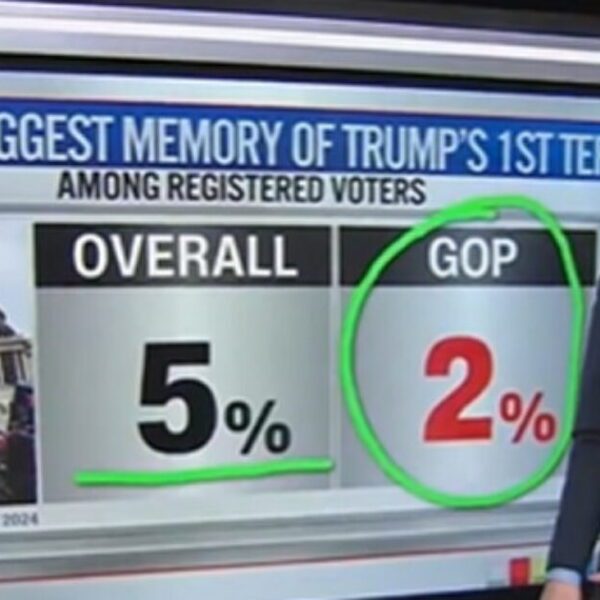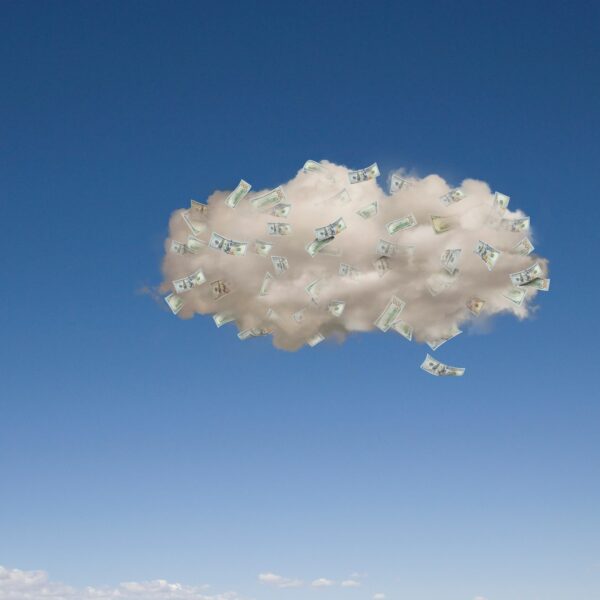
Many professionals will encounter naysayers who believe they can’t achieve their ambitious goals, whether that be bad bosses, skeptical investors, or doubtful professors. But Julia Stewart—a serial executive who has led operations across various billion-dollar American casual dining chains—had a gratifying career moment after being snubbed for CEO.
It was 1998, and Stewart was serving as president of Applebee’s after a seven-year stint as Taco Bell’s national senior VP of franchise operations. The restaurant chain was struggling and needed an industry powerhouse to help turn things around. So Applebee’s leader presented a game-plan to Stewart: get the struggling company back on track, and she will have proven herself enough to take the coveted chief executive role.
“The then chair and CEO said, ‘When you and the team turned this company around, we’ll make you CEO.’ I said, ‘That’s perfect, that’s just perfect for me,’” Stewart recently revealed on The Matthews Mentality Podcast.
Over the next three years, Stewart managed to help Applebee’s take back the throne of casual dining. In 1999, the company’s system sales—including both company and franchise restaurant sales—skyrocketed 14% from the year prior to $2.35 billion. Applebee’s record basic and diluted earnings per share also grew 20% in that year. Stewart said that she doubled the stock during her brief tenure, yet all of that growth wasn’t enough to satisfy her boss when she sat down to talk about her promotion.
“Everything is going very well. And I said, ‘So, I’m thinking, it’s about time to be CEO.’ And he’s very reflective. He stops for a minute, and he said, ‘No, not ever,’” Stewart recalled. That was her signal to take her talents elsewhere. “I think you’re holding me accountable for everything, but you’re not giving me the title. So I’m gonna go ahead and leave.”
The now 70-year-old serial executive then pivoted to become chair and CEO of rival casual dining chain IHOP. It gave her the perfect opportunity to grow another brand and get even. In 2007, she put a major acquisition into motion: buying her former employer, Applebee’s, for around $2.1 billion to $2.3 billion. After the deal went through, she called up the company to inform them of a change in leadership.
“I called the chair and CEO of Applebee’s, and I said, ‘Just wanted to say hi.’ And he said, ‘I was expecting this call,’” Stewart reminisced. “And I said, ‘As you know, this morning, we announced that we have purchased, for 2.3 billion, the company, and we don’t need two of us, so I’m gonna have to let you go.’”
Fortune reached out to Applebee’s for comment.
Other CEOs who beat the odds and got back at their naysayers
Stewart is one of many business leaders who got back at their critics by achieving billion-dollar success.
Today, Spanx is a shapewear empire with customers all over the world. But when its founder and former CEO, Sara Blakely, set out to get the company up and running in 1998, she faced constant rejection. Having no prior business, fashion, or retail experience to show to investors, she set out with $5,000 of her own cash to make her idea into a billion-dollar empire. But at the onset, most manufacturers weren’t buying into her vision.
“They would always ask me the same three questions. They would say: ‘And you are?’ Sara Blakely. ‘And you’re with?’ Sara Blakely. ‘And you’re financially backed by?’, Sara Blakely,” Blakely told Fortune in a 2024 interview. “They’d show me the door and say ‘No, thank you.’”
By trusting her gut and continuing to fight for her business idea, Blakely would grow Spanx into a $1.2 billion shapewear success. And in 2012, she also made the ultra-rich list as the youngest self-made woman billionaire that year, according to Forbes.
FedEx may be one of the most nationally recognized delivery companies in the world, shipping out around 16 million packages per day. But the idea for the billion-dollar titan of industry was initially met with skepticism. In 1965, the late FedEx founder and former CEO Frederick W. Smith first presented the basic concept for the company for an economics class assignment as undergraduate student at Yale University. But his professor couldn’t see his vision working, and ultimately scored his project poorly, giving him a C.
But Smith wasn’t deterred by a bad grade in class; after returning from service in the Vietnam War in 1971, he would set his delivery business plan in motion. Today, FedEx boasts a market cap of $55 billion.















